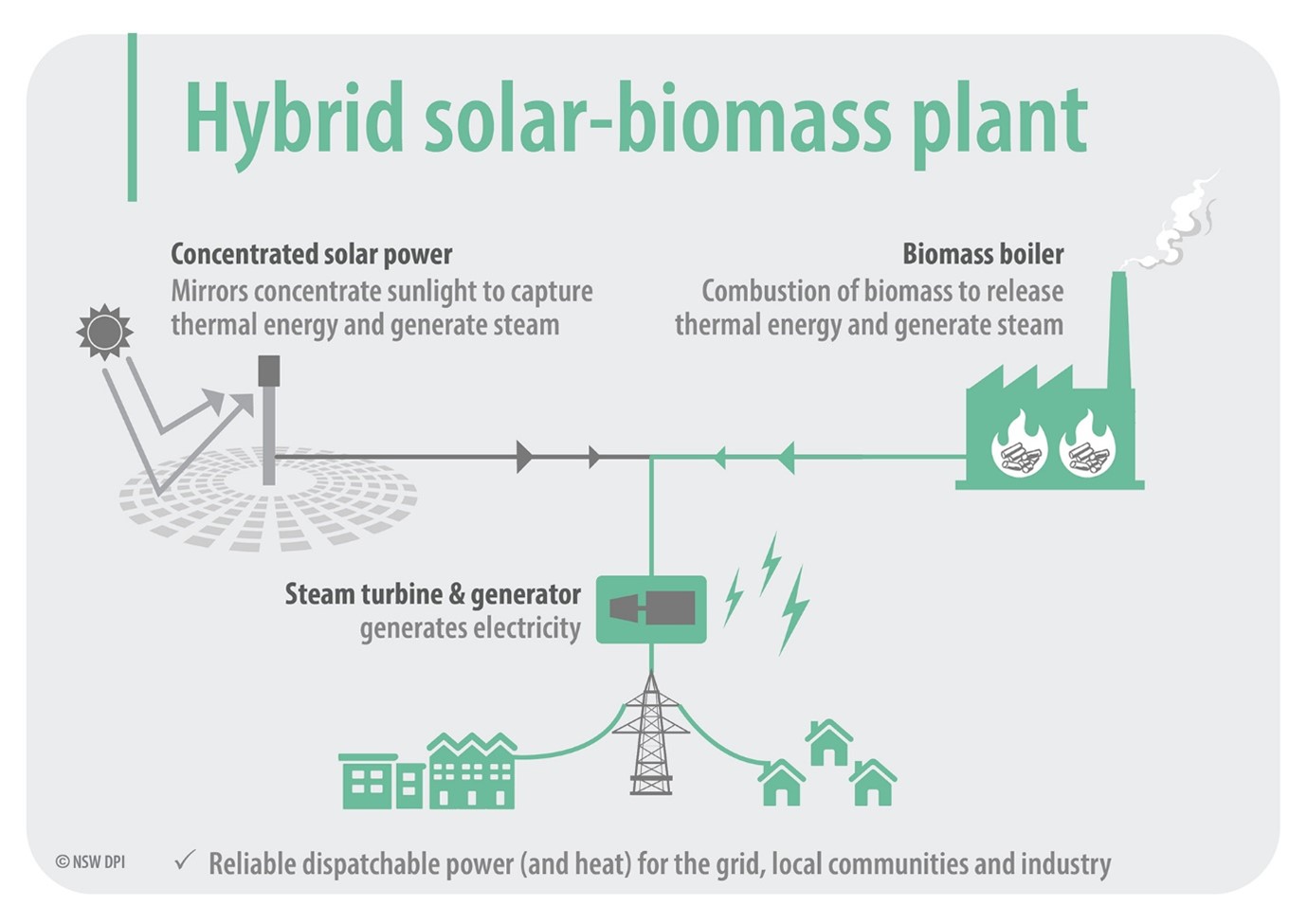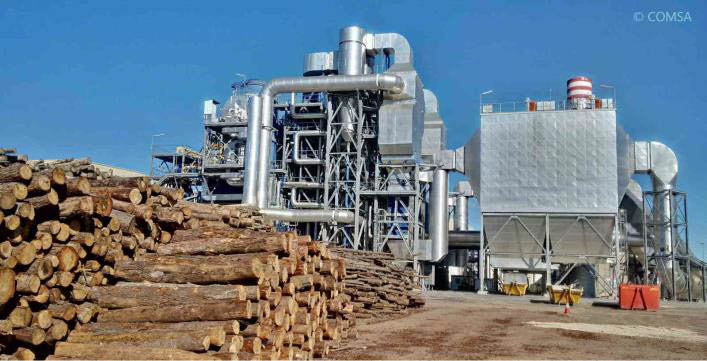Crop commodity prices performed strongly due to a range of factors including a severe drought that gripped much of western USA and Canada, dry conditions in Europe, declining global stocks and not least, Russia’s invasion of Ukraine in early 2022 which impacted global grain supply. As a result, crop prices were up year on year with canola and cotton receiving the largest relative pricing support, while wheat prices were also up sharply but still below drought pricing levels seen in 2018 and 2019. While grain pricing was up due to global supply and demand imbalances, the weather-related quality issues subdued pricing with grain quality downgrades common place. Also of note was Australian wheat, canola and cotton prices that generally began trading at negative basis levels compared to global benchmarks. This was attributed to local pricing influences in competitor Northern Hemisphere markets lending more support relative to Australia, as well as market displacement for commodities such as Australian cotton, which is being informally boycotted by Chinese cotton buyers.
NSW Production Weighted Crop Price Index 201 90 ad
- Cereals
- Oilseeds
- Pulses
- Cotton
Winter Crops
As the winter cropping season progressed, most of the cropping districts received good rainfall through to October, except for a dry spell in Southern parts of the state in August. 1 Given the mix of seasonal conditions and timely planting, crop yield potentials were maximised leading into harvest. Unfortunately, the prevailing La Nina expressed itself in November 2021 with the majority of the state experiencing severe storm fronts, bringing 100mm to 300mm of rainfall at grain ripening to most cropping districts. 1
Prior to these fronts, harvest had begun in the Northern part of the state with reports that grain quality was very good, although the rainfall combined with harvest delays and further summer storms which deteriorated crop quality significantly. As a result, NSW grain quality was much lower with approximately 68% of the crop making Australian Standard White (APW) grade or below. 212 114 The proportion of lower grades in NSW was higher than Queensland where harvest was further advanced prior to the storms, and Victoria which received lower rainfall totals. 1
Summer Crops
Regulated River Water Allocations 201 31 ab
- General Security
- High Security
- Carryover
- Total Cotton & Rice Production (RHS)
Although seasonal conditions in 2020-21 were conducive to summer crop plantings, plantings were up significantly again in 2021-22 as improved soil moisture, increased on farm storage levels, higher water GS water allocations and improved commodity prices all helped to stimulate the bigger crop. Total summer crop plantings were similar to the prior 2011-12 peak, at an estimated 1.09 million hectares, which is equal highest plantings since the implementation of the Water Act 2007 (Cwth). The growing season was also relatively mild, with extreme heat and high overnight temperatures limited relative to prior years, aiding very high yields for many summer crops. While the cool and wet season did pose production challenges, overall production was close to record levels due to the very high yields. 201
Increased cotton production is expected to be one of the largest drivers behind GVP growth in 2021-22, with production up across all valleys, with the largest increases expected in Southern NSW and the Gwydir valley. 32 Sorghum production was also up sharply as ideal planting conditions, water availability and strong prices combined for the largest crop in 14 years. Rice production also increased sharply to an estimated 688 thousand tonnes, but still remains below the recent peak of 1.1 million tonnes set in 2012-13 as competition for water has increased alternative crop production in the Southern valleys. 201
Outlook
The summer crop planting is also currently forecast to remain steady at slightly over 1 million hectares as water storage levels remain close to 100% capacity, however the planted acres hang in the balance with optimal sowing windows closing rapidly with recent heavy rainfall. 201 62 Water allocations as at August, point towards almost a doubling of GS water available through account carryover in the Northern Basin. y
The Russian invasion of Ukraine has had an acute impact on cropping industries with increased energy prices leading to higher fertiliser prices, while supply chain and production issues in Ukraine are exacerbating existing supply shortfalls and global trade flow distortions created by Western led sanctions on Russian products, including wheat. A combination of drought, mixed demand. some surprising Northern hemisphere production results and supply chain issues means that the global balance sheet for key Australian commodities wheat, canola, barley and cotton, remains extremely mixed, and as a result each commodity market has been impacted in slightly differing ways. 256
Stronger Primary Industries Strategy
Combining biomass and concentrated solar power for electricity generation
NSW DPI Forest Science has partnered with the University of Technology Sydney (UTS) to understand the potential for energy generation from hybrid concentrated solar and biomass plants (HCSB). HCSB plants integrate a concentrated solar power (CSP) unit and a bioenergy unit for combined energy generation, which makes the technology highly dispatchable.
Strategic Outcome


The first stage of the work involved the identification of suitable regions for the establishment of HCSB plants. NSW has one of the best solar resources in the world, exceeding 1,800 kWh/m2/year. Biomass resources, such as forestry and agricultural residues, can be found in many areas of the state. The availability of biomass is well documented – for example, in the Australian Biomass for Bioenergy Assessment project (https://www.dpi.nsw.gov.au/forestry/science/forest-carbon/abba). Use of residues provides a number of potential co-benefits – reduction of wastage, increasing value-adding and also supporting the generation of locally derived energy. Feedstock may also be derived from dedicated biomass crops (https://www.dpi.nsw.gov.au/forestry/science/forest-carbon/biomass-for-bioenergy/biomass-crops).


We have shown that HCSB plants can supply up to 830 MWe of dispatchable, renewable electricity in NSW, when located at zone substations with new connection capacity. Additional targets for HCSB plant integration may include industries with low-to-medium heat demand (< 250°C), such as meat processors.
One area of NSW which has significant potential is the Griffith region, which has a high direct normal irradiance (DNI) and abundant biomass. Using that region in a case study, we demonstrated that HCSB plants can produce electricity at substantially lower cost than CSP plants (10 – 39 % lower costs). The initial investment is also lower, with a reduction of capital costs of 24 – 45 %. HCSB plants require less space for siting, with a solar field size reduction of up to 75 %. Though the cost of electricity generation is high compared to intermittent sources (e.g. wind and solar PV), this technology is highly competitive against comparable dispatchable energy sources.
This is just one example of the type of work currently underway looking at ways in which forestry can contribute to the achievement of improved climate and environmental outcomes in NSW as part of Outcome 5: Carbon Neutrality and Climate Resilience.


